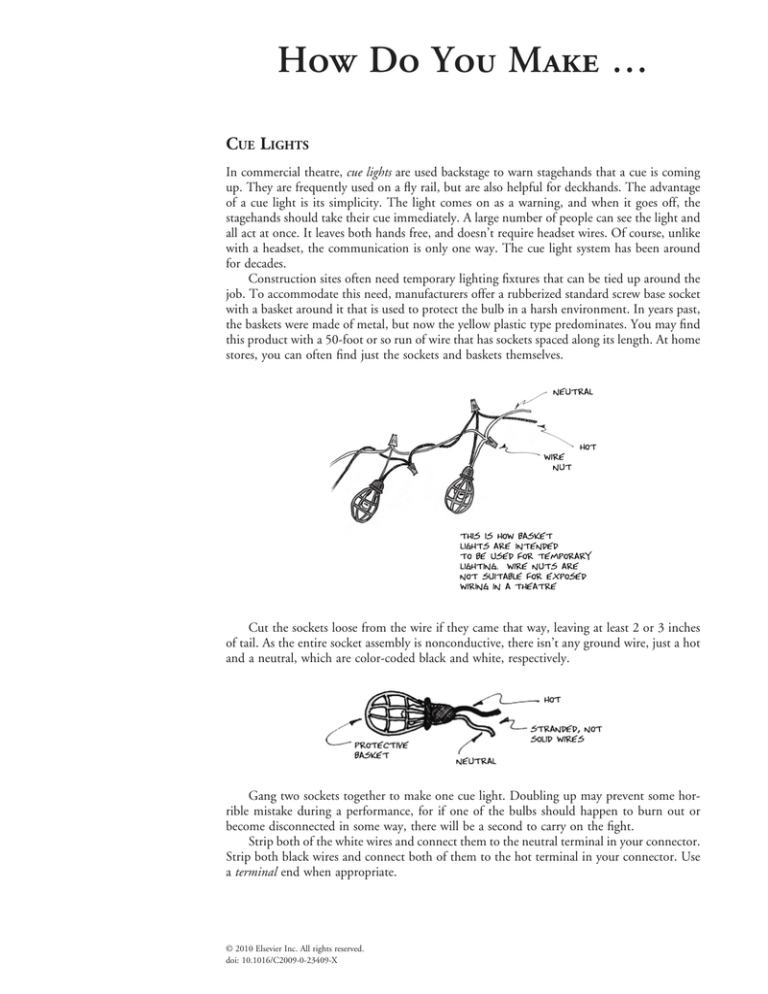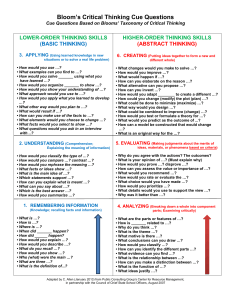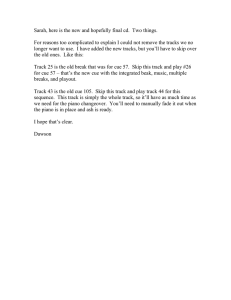
How Do You Make …
Cue Lights
In commercial theatre, cue lights are used backstage to warn stagehands that a cue is coming
up. They are frequently used on a fly rail, but are also helpful for deckhands. The advantage
of a cue light is its simplicity. The light comes on as a warning, and when it goes off, the
stagehands should take their cue immediately. A large number of people can see the light and
all act at once. It leaves both hands free, and doesn’t require headset wires. Of course, unlike
with a headset, the communication is only one way. The cue light system has been around
for decades.
Construction sites often need temporary lighting fixtures that can be tied up around the
job. To accommodate this need, manufacturers offer a rubberized standard screw base socket
with a basket around it that is used to protect the bulb in a harsh environment. In years past,
the baskets were made of metal, but now the yellow plastic type predominates. You may find
this product with a 50-foot or so run of wire that has sockets spaced along its length. At home
stores, you can often find just the sockets and baskets themselves.
Cut the sockets loose from the wire if they came that way, leaving at least 2 or 3 inches
of tail. As the entire socket assembly is nonconductive, there isn’t any ground wire, just a hot
and a neutral, which are color-coded black and white, respectively.
Gang two sockets together to make one cue light. Doubling up may prevent some horrible mistake during a performance, for if one of the bulbs should happen to burn out or
become disconnected in some way, there will be a second to carry on the fight.
Strip both of the white wires and connect them to the neutral terminal in your connector.
Strip both black wires and connect both of them to the hot ter­minal in your connector. Use
a terminal end when appropriate.
© 2010 Elsevier Inc. All rights reserved.
doi: 10.1016/C2009-0-23409-X
Different types of connectors are hooked up differently. In general, however, you will find that most
wiring devices use a silver-colored, nickel-plated screw
for the neutral terminal and a plain brass screw for the
hot terminal.
It is important to keep this procedure straight. The
neutral wire should connect with the large metal screw
base inside, which is easy to touch by accident. The hot
wire should connect to a small conducting plate in the
bottom of the fixture, where it is much less likely to
cause harm. If you reverse the leads, the opposite will
be true, and the risk of electrical shock will be greatly
increased.
The 20-amp pin connector is the most common
sort of cable end used for power circuits in a theatre.
They are not used by any other field, and are available
only from a theatrical supplier. On a grounded pin connector, the pin in the middle is the ground, which you
won’t need for this project. It’s not exactly centered, but
rather is a bit to one side. Of the remaining two pins,
the one that is the closest to the ground is the neutral.
The one that is farthest from the ground is the hot. The
neutral terminal of a pin connector is generally not
color-coded with nickel. You need a male connector for
this project. That will allow you to use standard 20-amp
jumpers to hook up the cue lights.
2
It is curious that before the grounded pin connector
was developed, there was no way to ensure that the hot/
neutral dedication was preserved. The connector could
be turned either way. This was also true of the standard
household Edison, or parallel blade plug, before that
type was polarized by making the neutral blade wider
than the hot blade. Now the off-center placement of the
grounding pin makes sure that the hot and neutral wires
are connected to the appropriate terminals. That is a
safety concern only—the lightbulbs work equally well
either way.
Remember not to strip off too much insulation
from the wires. That is probably the most common
cause for a short circuit. Most devices have a chart that
tells how much to strip, but a general rule of thumb is
to limit this amount to what will just fit into the terminal or attachment point. Be sure to use whatever strain
relief the manufacturer has provided.
It is common practice to use small, round, colored,
7.5-watt bulbs in cue lights. Colors are important
when more than one cue light is used in the same
location for different cues happening at nearly the same
time. If you use these lights often, and move them
around a lot, it is often helpful to color-code the light
and any cable used with it so that it is easier to hook
up. Use the same colored tape to mark the switches at
the stage manager’s desk. Cue lights make excellent
circuit test lights, and can also be used as a dancer’s
spotting light.
Illustrated Theatre Production Guide 2 ed
© 2010 Elsevier Inc. All rights reserved.



